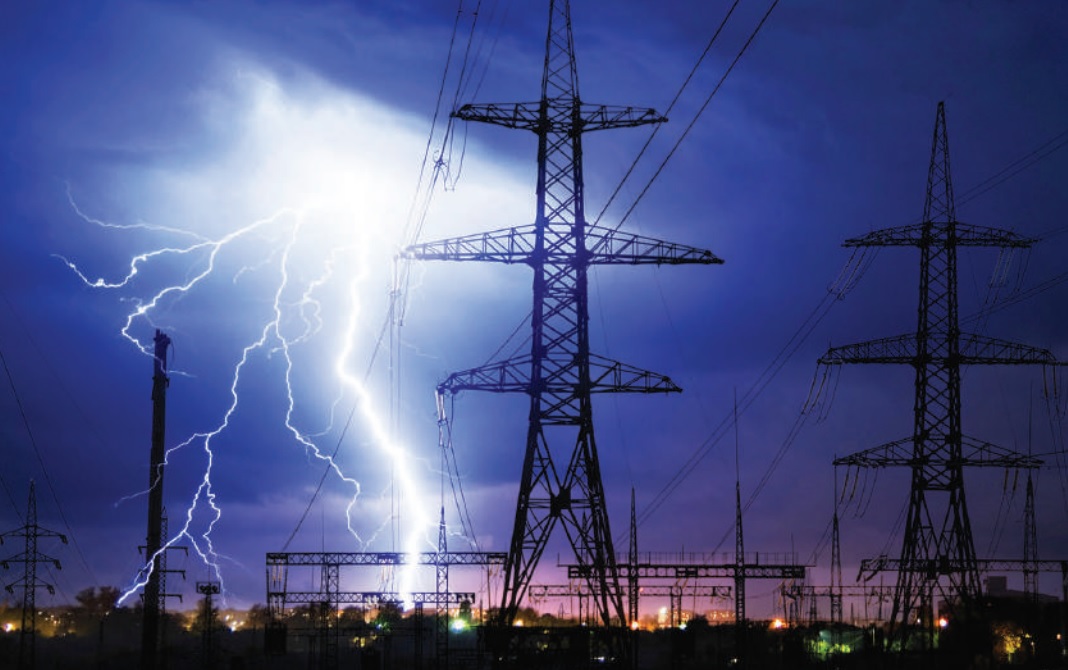Transient earth faults can be dangerous to your workforce, and can also be the cause of significant downtime. Is your facility adequately protected against them?
In this article, we’re giving you a basic understanding of transient earth faults, how to detect them and how to prevent them.
Describing Transient Earth Faults
A transient earth fault is an inadvertent fault that occurs when a conductive path is created between the phase and ground conductor. It results in the electrical system being short-circuited and this current then flows through the system.
The cause of Transient Earth Faults
Earth faults in an overhead transmission or distribution line can be caused by either a natural phenomenon or the failure of an insulator. Examples of natural phenomena are a lightning-induced overvoltage. Insulators are used on overhead lines to provide insulation between the conductor and the metallic tower which is connected to earth. In the event of an insulation failure, the fault current will flow through the live conductor and the metallic tower to earth.

Explaining Contact Voltage
A voltage is induced when the earth fault current flows through the protective earth conductor. This voltage exists between the exposed conductor part and the main earthing point. The magnitude of the voltage is a function of the earth fault current and the impedance of the protective earth conductor between the fault and earthing point.
The induced voltage is referred to as the contact voltage (Uc). It represents the magnitude of the voltage experienced if a living being had to come in contact with the earthed conductive part.
Detection of Transient Earth Faults
When there is an earth fault in a conductor, at the start of the earth fault, three events occur at the same time...
Learn more about the science behind the detection of transient earth faults here:
https://www.a-eberle.de/sites/default/files/media/I006-1-D-1-001-04_Infobrief%20Nr%2006-EN.pdf
Damage associated with Transient Earth Faults
An earth fault may energise conductive parts that are expected to be at the same potential as ground. This can lead to a living being experiencing an electric shock if they had to come in contact with the earthed conductive part. Electrical arcing hazards can also be caused by earth faults and these may result in fires, explosions, injury or even death.

Prevention of Transient Earth Faults
Earth fault relays are implemented in transformers as well as medium and high voltage systems. They are designed to sense fault currents that are much greater in magnitude. These relays operate by sensing the high current that flows to the grounded neutral of the transformer when a phase to ground fault occurs. The earth fault relay is connected to the trip circuit of the circuit breaker and opens it in the event of an earth fault.
Is your facility protected against earth faults? Chat to our electrical experts for overcurrent protection, voltage regulation and much more!

